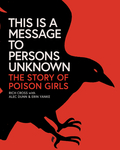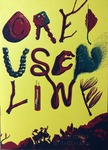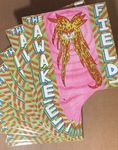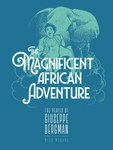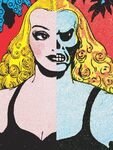Graphic Novel
These are actual graphic novels, not just thick books filled with comics. Not that we have anything against thick books filled with comics. It's just important to keep in mind that there are distinctions.
retail price - $19.99
copacetic price $15.95
retail price - $22.95
copacetic price $20.00
retail price - $14.95
copacetic price $13.50
retail price - $24.95
copacetic price $22.22
retail price - $18.99
copacetic price $16.66
retail price - $17.99
copacetic price $15.99
retail price - $24.95
copacetic price $22.22
retail price - $15.95
copacetic price $14.44
retail price - $24.99
copacetic price $22.22
retail price - $29.95
copacetic price $27.50
retail price - $16.95
copacetic price $15.25
retail price - $16.95
copacetic price $15.25
retail price - $19.95
copacetic price $17.77
retail price - $25.00
copacetic price $22.22
retail price - $29.95
copacetic price $25.47
retail price - $49.95
copacetic price $39.95
retail price - $25.00
copacetic price $25.00
retail price - $19.95
copacetic price $16.95
retail price - $12.95
copacetic price $11.75
retail price - $14.95
copacetic price $13.45
retail price - $14.95
copacetic price $13.45
retail price - $16.99
copacetic price $15.29
retail price - $14.95
copacetic price $12.75
retail price - $9.99
copacetic price $8.99
retail price - $19.99
copacetic price $17.99
retail price - $14.95
copacetic price $13.50
retail price - $14.95
copacetic price $13.50
retail price - $13.95
copacetic price $12.75
retail price - $8.00
copacetic price $6.80
retail price - $19.95
copacetic price $16.95
retail price - $16.95
copacetic price $15.55
retail price - $14.95
copacetic price $12.70



































